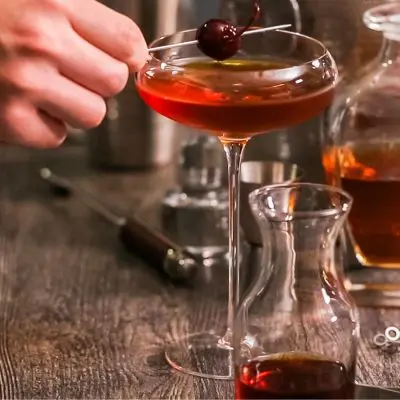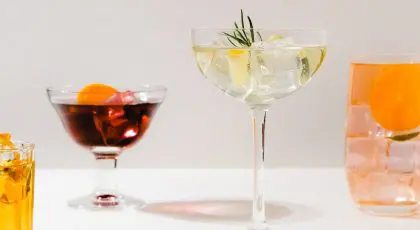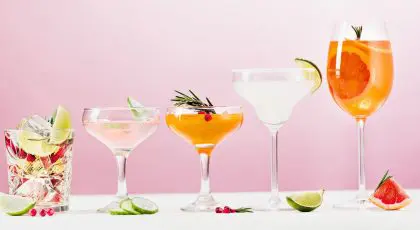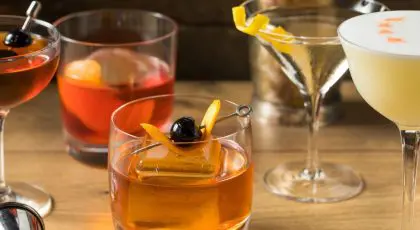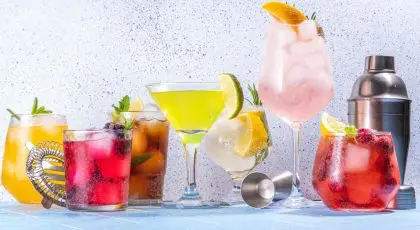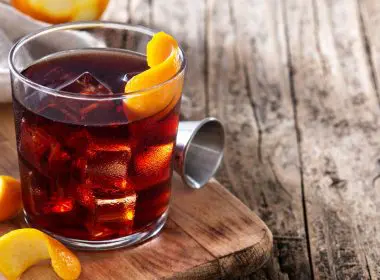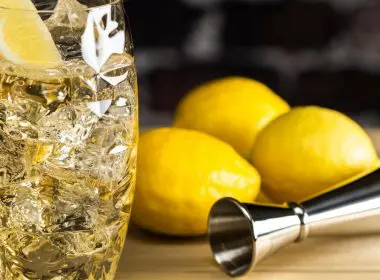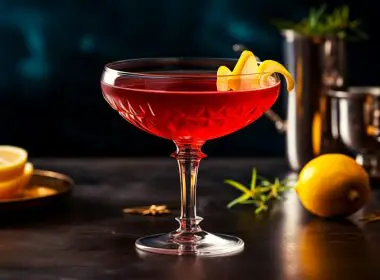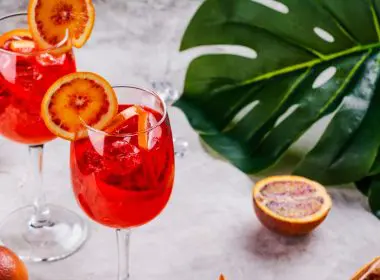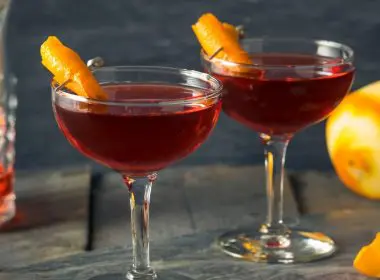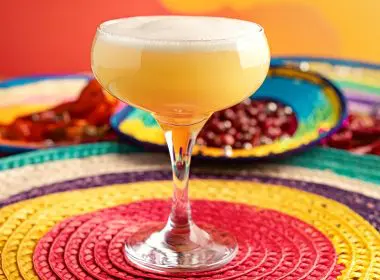Bitters For Beginners: How to Use Bitters to Enhance Cocktails
Jump to:
- A breakdown of cocktail bitters
- What are bitters made of?
- How much is a dash of bitters?
- What are the different types of bitters?
- What are the benefits of bitters?
- Most popular bitters
- What are the possible substitutes for bitters?
- How bitters are produced:
- Can you make your own bitters?
- What are the most popular cocktails with bitters?
- Watch next: The history of bitters and aperitivo
Many years ago, bitters were something you’d expect to find in a doctor’s bag rather than a bartender’s kit, leaving us to question what are cocktail bitters, really? These little bottles of herby concentrate form the building blocks of many modern cocktails so, perhaps unknowingly, you’ve most likely had bitters in a cocktail before!
A breakdown of cocktail bitters
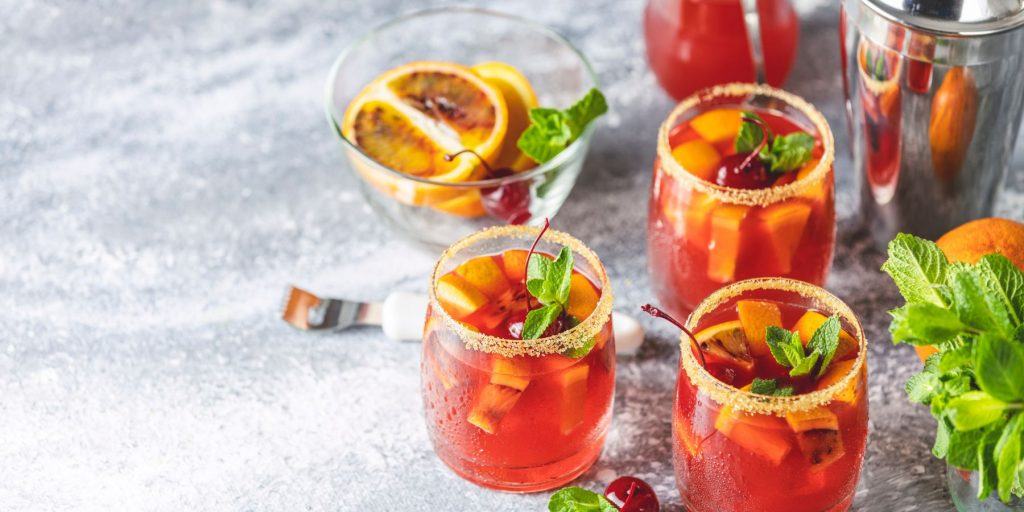
Bitters are a concentrate of herbs and botanicals macerated in alcohol, dishing up a potent hit of bitterness with just one dash. Bitters were first concocted by a Dr. Siegert, a medic in the Prussian army, as a medical tincture to help sea sickness in 1824 after much experimentation with plants and herbs.
They then evolved into the cocktail space when bartenders started using them to give drinks a complex deeper flavor, remarking them as digestifs as they are a great way to ease a full stomach after indulgent meals. Adding bitters to drinks can improve or help align flavors just like sprinkling salt onto your meal as they accentuate the flavors to make the dish stand out.
So, how are bitters made, you ask? They have always included alcohol as the solvent for the botanicals, as well as preserving liquor. Read on to find out more.
What are bitters made of?
Many bitter recipes are shrouded in secrecy, but the process involves many herbs, roots, and plant botanicals (in Angostura bitters there are up to forty!). These are steeped with sugar and high-proof alcohol (almost 50%) to create a concentrate. Cinnamon or cassia bark and gentian root are commonly used botanicals as well as orange peel, clove, cascarilla, and cinchona bark.
How much is a dash of bitters?
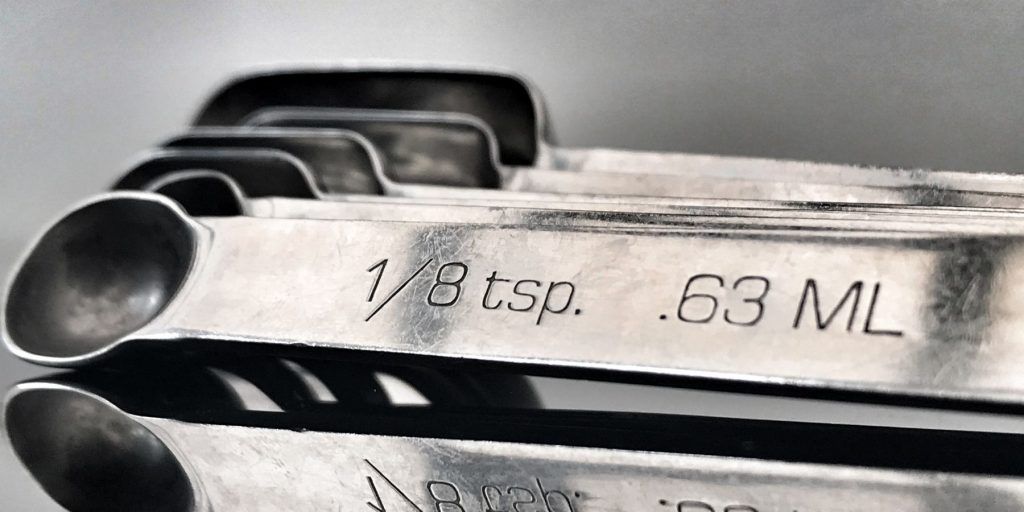
Many cocktail recipes ask for a dash of bitters but what is a dash of bitters, actually? It can sound rather vague so, to be more precise, one dash of bitters is in the region of ¼ and ⅛ of a teaspoon. If measured in drops with a pipette, a dash will equal ten drops.
What are the different types of bitters?
There are so many types of bitters, all offering different flavor profiles to bring their own unique complexity to light up your cocktail. Check out some of the classics below:
Aromatic bitters
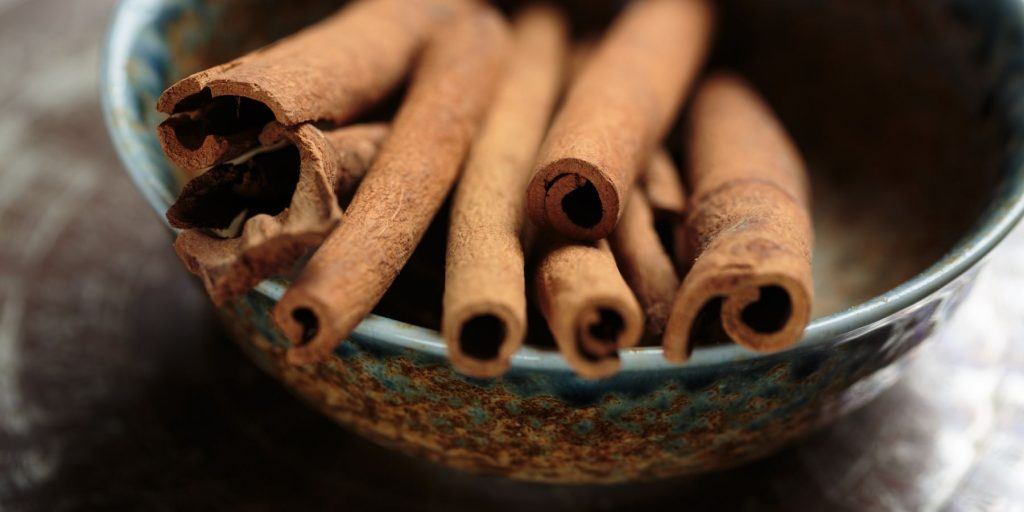
Aromatics bitters are your standard bitters that most of us know, all with a similar profile of botanicals, using roots, herbs, and plants that result in bitter medicinal notes. Typical spices include cinnamon, cardamom, or cloves but some brands use bark and tamarind others licorice and anise.
Citrus bitters
 Citrus bitters are also very popular, made in the same way as aromatics but steeped in citrus peel from limes, lemons, and grapefruits rather than botanicals. Citrus bitters make magic with spirits like vodka, gin, and vermouth, as well as tequila.
Citrus bitters are also very popular, made in the same way as aromatics but steeped in citrus peel from limes, lemons, and grapefruits rather than botanicals. Citrus bitters make magic with spirits like vodka, gin, and vermouth, as well as tequila.
Herbal bitters
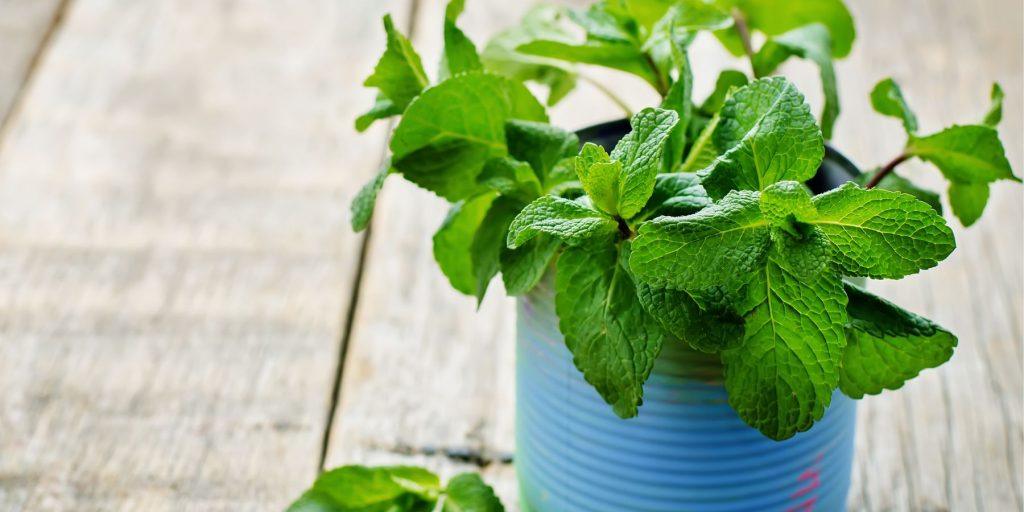
Herbal bitters are more subtle and delicate, typically using a single herb or flavor, like a mint bitter, chamomile or lavender as the infusion.
Bean & nut bitters
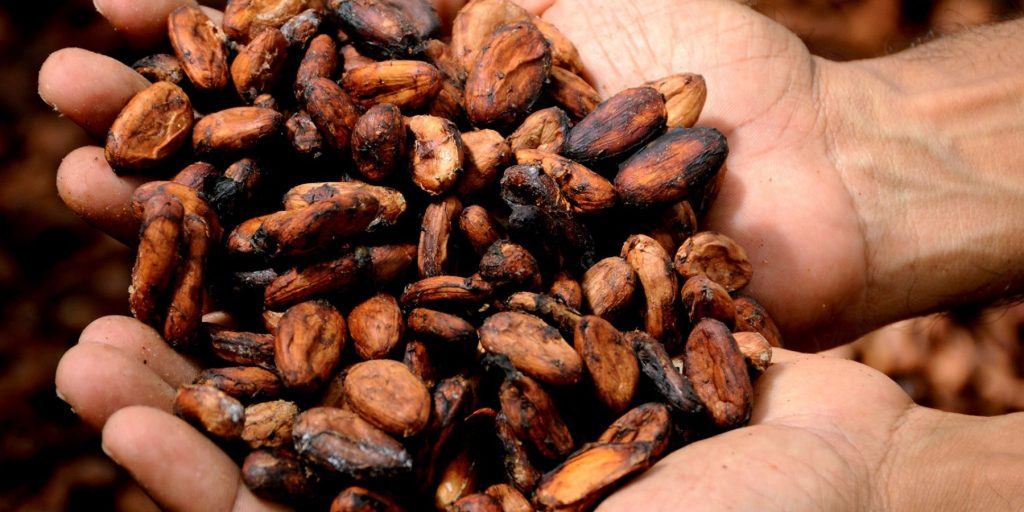
Bean bitters like cocoa, coffee, and vanilla are trendy additions to the bitters lineup, especially to pair with bourbons and chocolate-flavored cocktails. Nut bitters like pecan, walnut, almond, and hazelnut are delicious additions to whisky and bourbon cocktails.
What are the benefits of bitters?
Bitters started their journey as a medicine for stomach aches, soothing digestion, bloating and nausea. The digestive nature of bitters activates one’s saliva, which has enzymes that help break down the food in your gut. It also acts as a palate cleanser and is said to help to reduce the sweet cravings you get after a good meal.
Most popular bitters
The trending types of bitters around the world are our OG Angostura Bitters and Peychaud’s, although Chocolate bitters are popular too.
Angostura Bitters
Angostura Bitters is the poster child for aromatic bitters and the most commonly known worldwide. The iconic bottle is made in Trinidad, with the oversized white label (a magical mishap) and the easily recognizable yellow lid. It is bitter and spicy with a hint of clove, cinnamon and a herbal root called gential and typically added to an Old Fashioned, or Manhattan.
Peychaud’s Bitters
Peychaud’s Bitters is the hero ingredient to the Sazerac cocktail, which is the official drink of New Orleans. Peychaud’s Bitters is sweeter than Angostura with minty anise flavors.
Orange Bitters
Orange bitters are made from steeping bitter orange peels in alcohol, along with the usual botanicals like cinnamon and cardamom, but with the addition of caraway, coriander, and anise. Orange bitters came onto the scene with the rise in popularity of the Dry Martini in the 1880s. If you have a bottle of orange bitters, add it to the Zombie cocktail.
Chocolate Bitters
Although chocolate bitters may seem like an unlikely bitters to add into cocktails (Angostura makes a cocoa version too) — they say, one can stir it into almost any drink, including a whiskey Manhattan or brandy cocktails as well as something made with an aged rum or tequila. Of course, in a Chocolate Martini or Espresso Martini it would be delicious!
What are the possible substitutes for bitters?
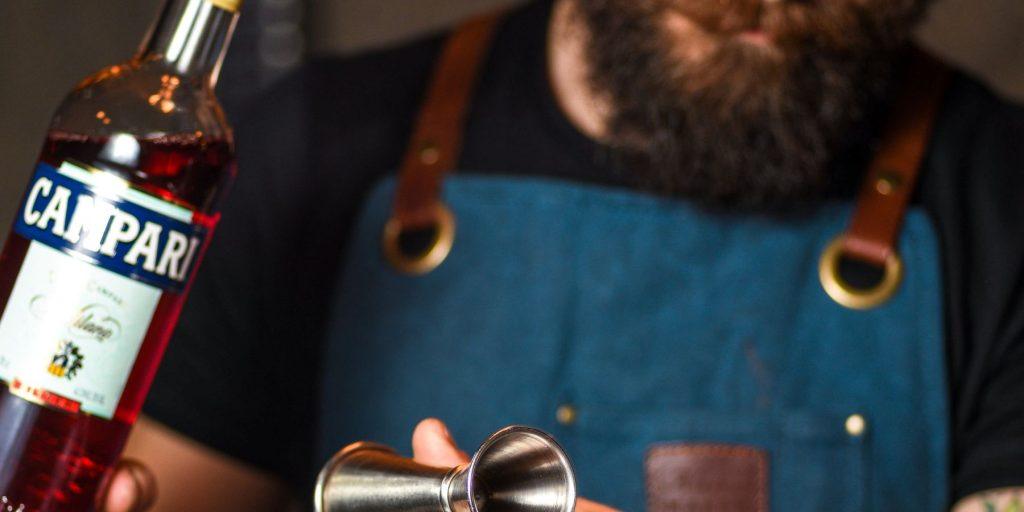
Bitters don’t have a like-for-like substitute as they’re really one of a kind. If you don’t have bitters in your arsenal, use small amounts (remember what is a dash of bitters) of a bitter liqueur, like Campari. If you’ve got more time on your hands, steep your spirit in a twist of bitter orange peel and cinnamon or add a botanical smoke to impart some of the bitter notes.
How bitters are produced:
Can you make your own bitters?
![]()
You can easily make your own version of bitters at home. It’s a three-tier process and all you need is a little time:
- Steep your botanicals (roots, bark, and spices) in a neutral high-proof spirit like vodka or whisky for two weeks and then strain into a jar and set aside.
- Cover the strained solids in a pan with water and cook briefly before sealing in another jar.
- Finally, combine the two strained liquids, adding a simple syrup (made with brown sugar, maple, honey, or molasses) to sweeten. Allow three days for the sugar to dissolve before bottling and using it.
What are the most popular cocktails with bitters?
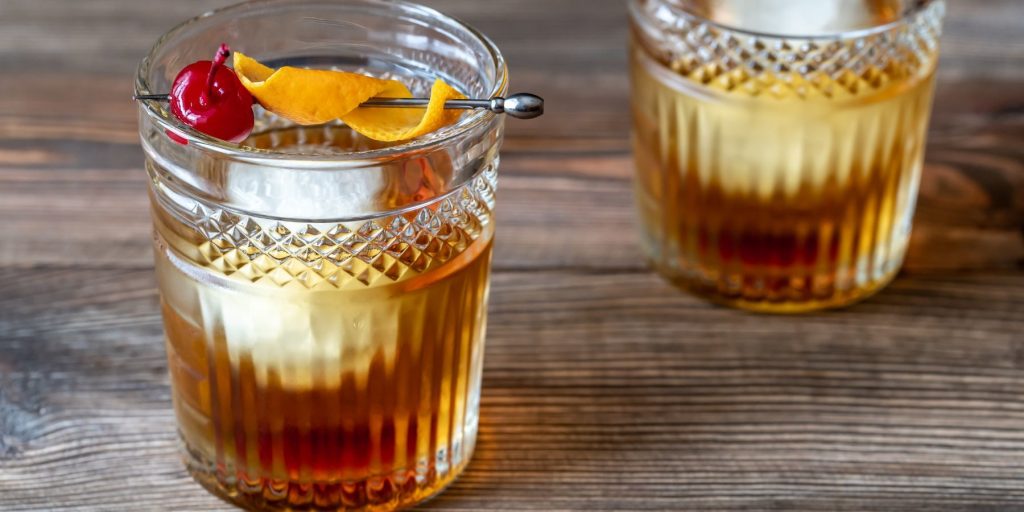
Bitters give some quintessential je ne c’est quoi to many classic and contemporary cocktails served around the globe. This includes:
- Old Fashioned. A sweet whiskey cocktail with a beautiful balance of slight bitterness and spiciness.
- Pegu Club. Seemingly a simple mix of gin, lime juice, and orange curaçao, the addition of bitters gives this drink robust depth.
- Manhattan. Strong and dapper with plenty of intriguing herbal tones and a sensational sweet bottom note.
- Sazerac. Holds the title of the world’s oldest cocktail and serves as a celebration of the love story between bitters and whiskey.
- Vieux Carre. A delicious Creole-style sipper with some Mardi Gras swagger that hits all the right notes.
- Singapore Sling. Boozy but balanced, a Singapore Sling is a beach-inspired treat from start to finish.
- Rob Roy. Sweet, smoky, and strong, this drink does its Scottish namesake justice.
- Garibaldi. Easy to pour but boasting a nicely complex flavor profile, the Garibaldi is a great option for newbie cocktail-makers.
